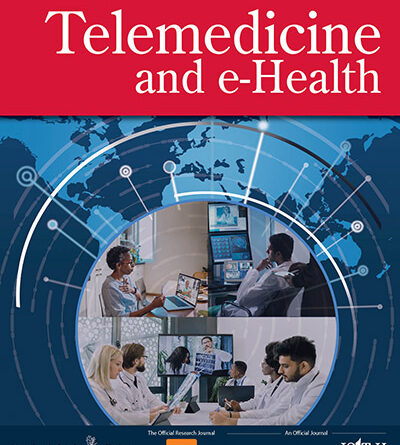The Relationship Between Broadband Speeds, Device Type, Demographic Characteristics, and Care-Seeking Via Telehealth
[ad_1]
Background:This study sought to examine the complex relationship between individual and environmental characteristics, broadband access, device type (computer or smartphone), and telehealth utilization as it relates to the digital divide.
Methods:We analyzed a combination of electronic health record and publicly available zip code-level data for 2,770 men seeking treatment on a large, nationally available, direct-to-consumer telehealth platform. Using logistic regression, we determined the likelihood of accessing the platform through a smartphone (vs. a computer) based on key features of the environment, including broadband access and income, and demographic characteristics, including age and race.
Results:We found that living in areas with higher rates of broadband adoption significantly decreased the likelihood of accessing virtual care using a smartphone (odds ratio [OR] = 0.17, p < 0.001). Compared with the 18–29 age category, the odds of accessing virtual care using a smartphone decreased for men between the age categories of 40–59 (OR = 0.63, p < 0.01) and over 60 (OR = 0.29, p < 0.001) years. Belonging to historically marginalized communities of color (Black, Hispanic, and Native American) almost doubled the odds of using a smartphone to access the platform (OR = 1.8, p < 0.001). Broadband availability and median area income were not significantly associated with mobile use.
Conclusions:Telehealth platform design and policy solutions intended to expand access to virtual care should be flexible enough to accommodate the sometimes competing needs of patients who are at the greatest risk of being left behind.
[ad_2]
Source link


